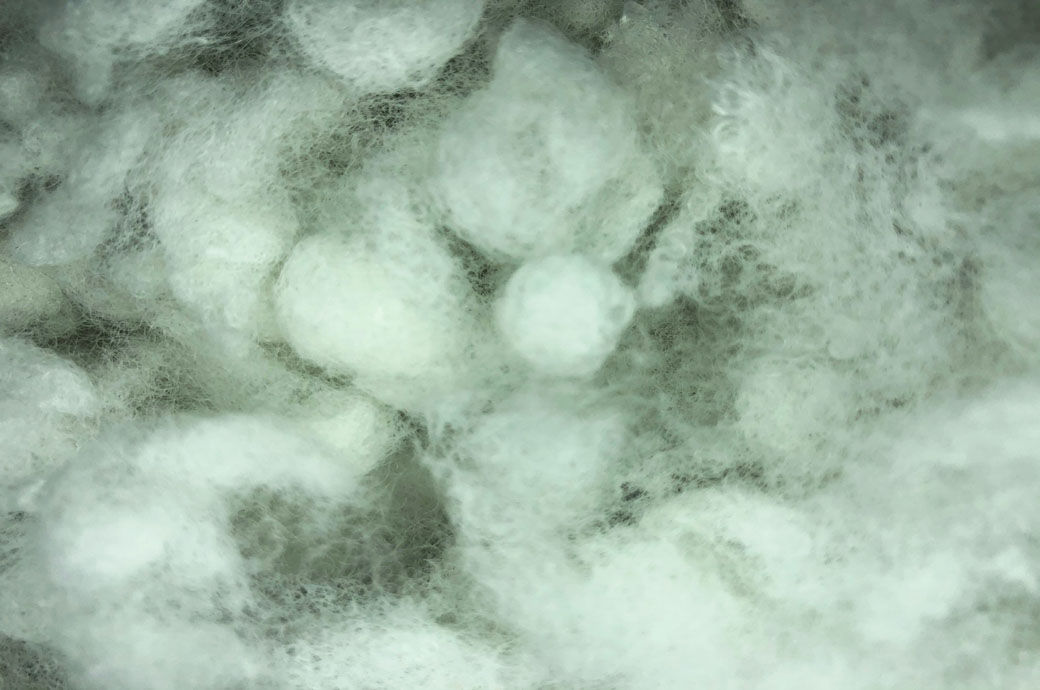

The analysis of different cutting methods by R Rathinamoorthy from the department of fashion technology at the PSG College of Technology in Coimbatore and S Raja Balasaraswathi from the National Institute of Fashion Technology in Bengaluru showed that laser and ultrasonic cutting methods reduce the microfibre release by up to a twentieth compared to conventional scissor-cut edges.
While comparing the different stitch types, the overlock stitch type showed reduced shedding than the other stitch types (flatlock stitch and single needle lockstitch).
The results showed that the use of more needles increases the microfibre emission among different stitch variations of the same stitch type, the researchers mentioned in a peer-reviewed paper in the August 11 issue of the Elsevier journal ‘The Science of the Total Environment’.
For instance, a 45.27 per cent increase in microfibre emission was reported with the four-thread overlock stitch (two needles) than with the three-thread stitch (one needle), they wrote.
Regarding seam type, the proposed edge finishing seam (EFb) was effective in reducing 93 per cent of microfibre release as the edges are completely covered.
When the effect of stitch density is considered, in the case of single needle lockstitch and flatlock stitch, the microfibre release is reduced with increased stitch density.
The results confirmed that a proper selection of stitch, stitch density, and seam type would reduce the microfibre release from a garment by up to 64.6 per cent.
Fibre2Fashion News Desk (DS)